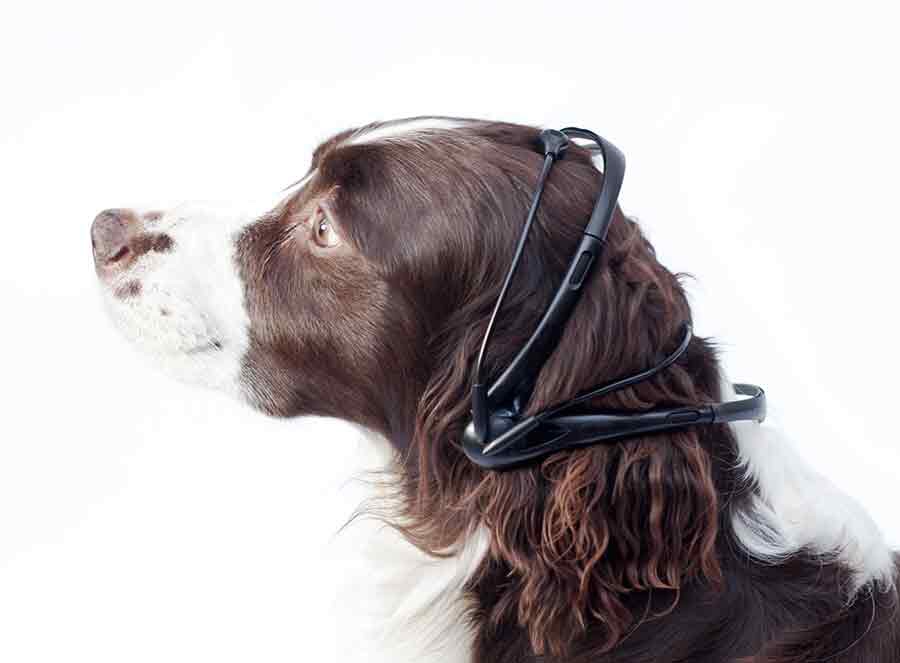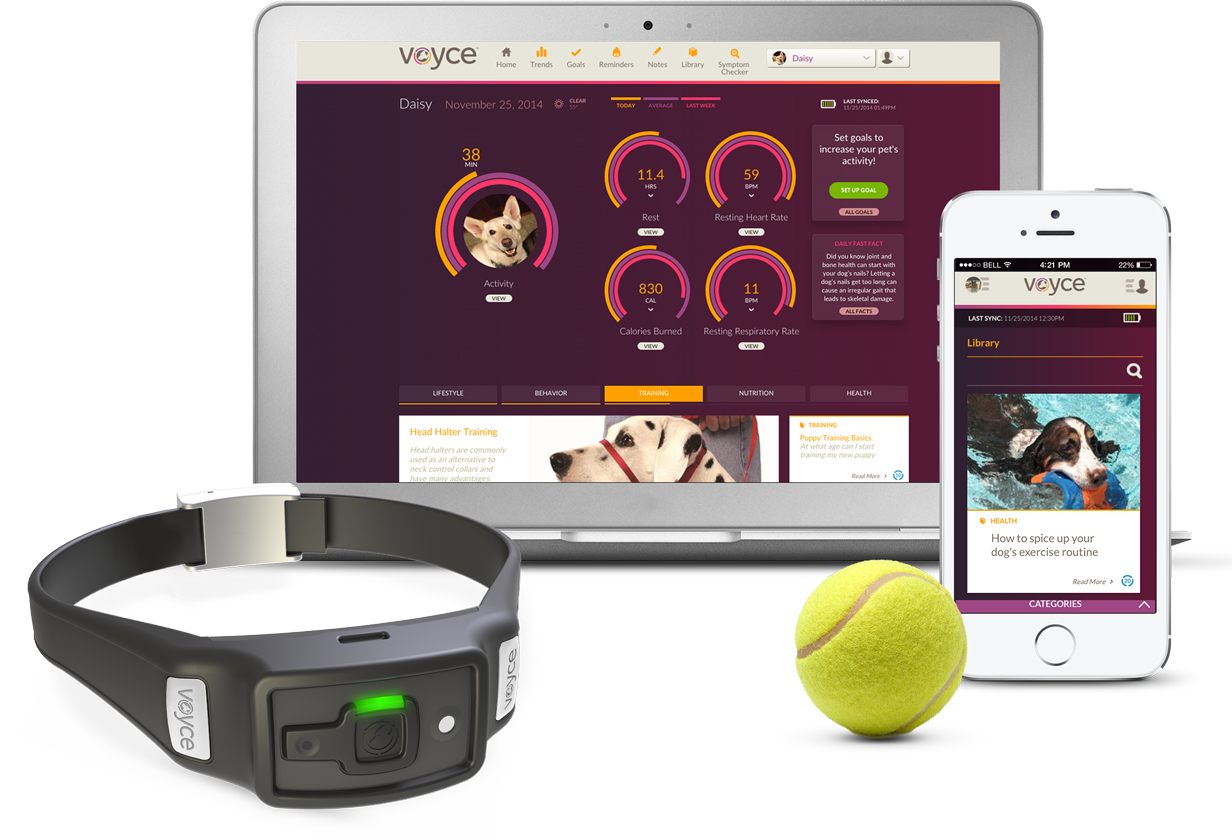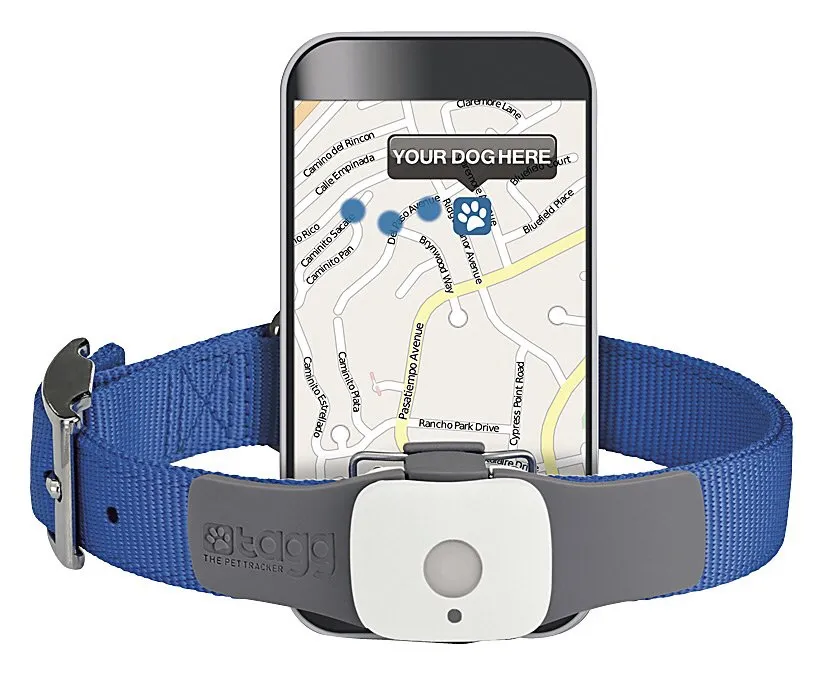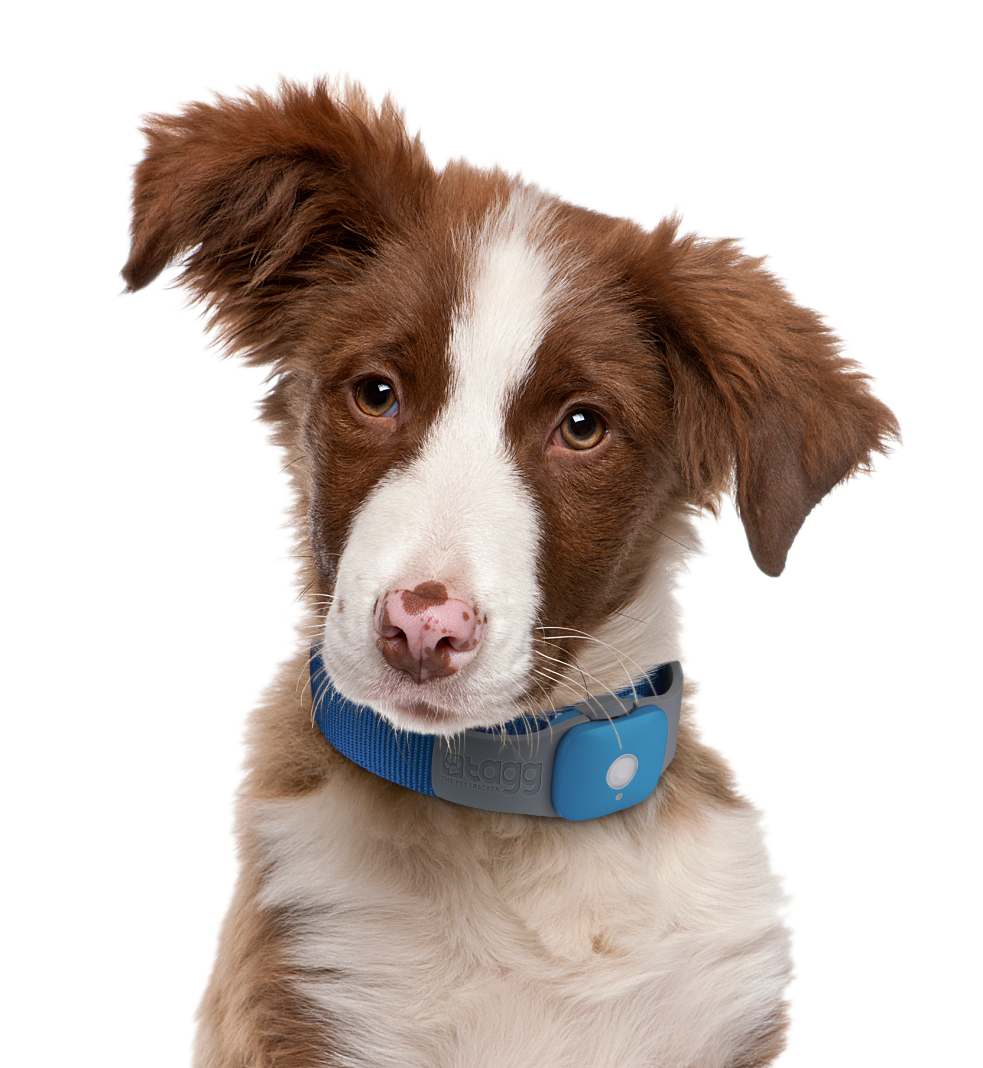In our increasingly tech-crazy world, even dogs are getting in on the action. Fitness trackers are making their way onto canines’ collars, monitored by pet parents from their smartphones. Technology is also producing innovations in veterinary medicine, with cost-cutting benefits for pet parents. Here’s a look at some up-and-coming tech, just for pets.
No More Woof
http://youtu.be/CweAeshjObA
No More Woof is basically a mind reading headset for your pet. Still in development by the Nordic Society for Invention and Development, it claims to read your pet’s emotions by monitoring brain signals. Funded by an Indiegogo campaign, No More Woof reached twice its intended funding thanks to pet parents’ high interest level. I mean, who wouldn’t want to read their pet’s mind?

No More Woof works (in theory) using “the latest technology in micro computing and EEG,” finding and analyzing patterns in your pet’s brain and translating them into “human language” via a loudspeaker. English is currently supported, with Spanish, French and Mandarin in development. The Nordic Society has supposedly deciphered paterns indicated hunger, excitement and sleepiness already – what else do dog’s think about?

Voyce
One of several pet fitness trackers on the market, Voyce is a collar that monitors your pet’s health. Using radio frequency-based tech, the device measures heart and respiratory rates. It also tracks your pet’s rest, calories burned, and distance traveled. Pet parents can access their pets’s data in the Voyce Member Portal, which is accessed through the web or smartphone apps. The Member Portal also features a vast array of pet health and behavioral articles, which are recommended to pet parents based on their dog’s health needs.
The rechargeable battery’s life is estimated at one week; the collar is waterproof up to three feet and adjustable for a wide range of breeds and sizes.
Currently available for order, Voyce costs $299 plus shipping and tax, as well as a monthly ($9.95) or yearly ($99.95) membership plan.
Tagg

Tagg is another collar-based pet tech, except its sole purpose is GPS tracking. Perfect for the escape artist, Tagg attaches to your pet’s collar. The device uses geofencing, sending alerts when your pet leaves a selected area. If your pet does escape, Tagg will send you the nearest address to Fido’s location. Tagg uses the Verizon Wireless network to track your pet, which is contract- and fee-free.
 Although still in pre-order stages, Tagg Plus has an air temperature sensor that sends alerts when your pet is too hot or too cold. It’s also touted as more durable and compact, with a longer battery life. The company recently partnered with Whistle, a pet activity tracker, to bring health data gathering to the Tagg Plus.
Although still in pre-order stages, Tagg Plus has an air temperature sensor that sends alerts when your pet is too hot or too cold. It’s also touted as more durable and compact, with a longer battery life. The company recently partnered with Whistle, a pet activity tracker, to bring health data gathering to the Tagg Plus.
Both require subscription plans – $9.95/month, $95.40/year, or $166.80 every two years.
3D Printing
Technology is reaching veterinary medicine, too. As 3D printers go down in price, they’re being applied in all sorts of useful ways – including 3D printing limbs. Derby, a Husky mix born with deformed front legs, is the most famous recipient of 3D printed legs. His foster mom worked for a specialty 3D printing company; she designed and printed Derby’s legs. The apparatus is similar to the curved blade-like prostheses used by humans; its curved design allows Derby to run and prevents him from getting stuck in the mud.
“He runs with [my wife] and I every day, at least two to three miles,” said Derby’s new pet parent, Dom Portanova. “When I saw him sprinting like that on his new legs, it was just amazing.”








